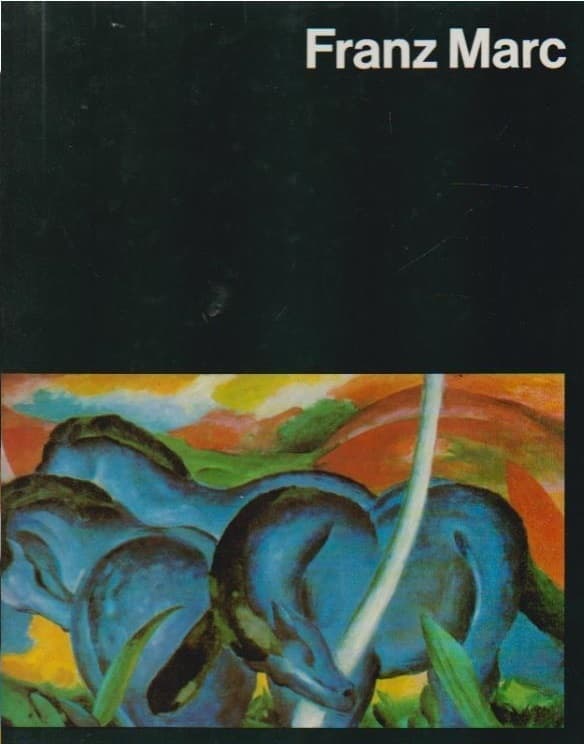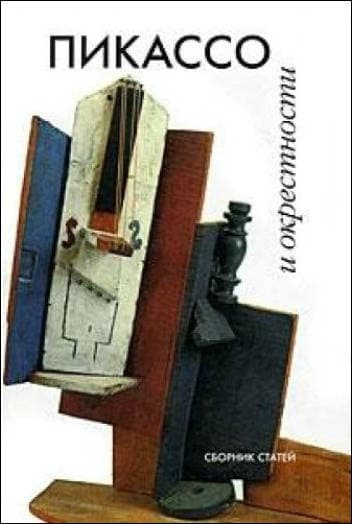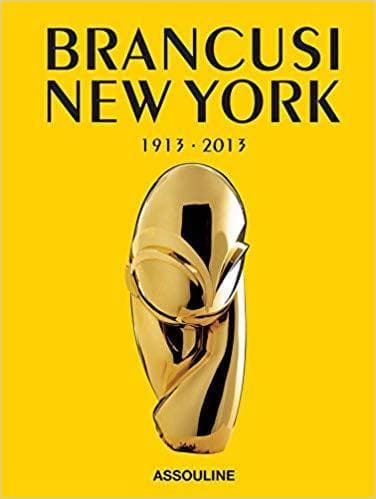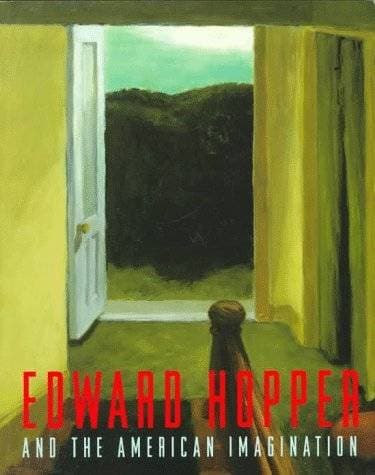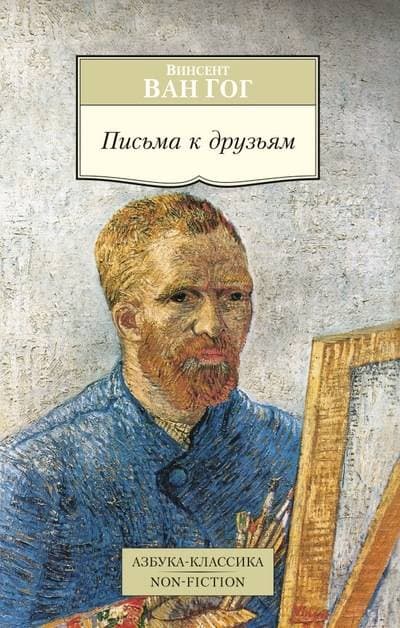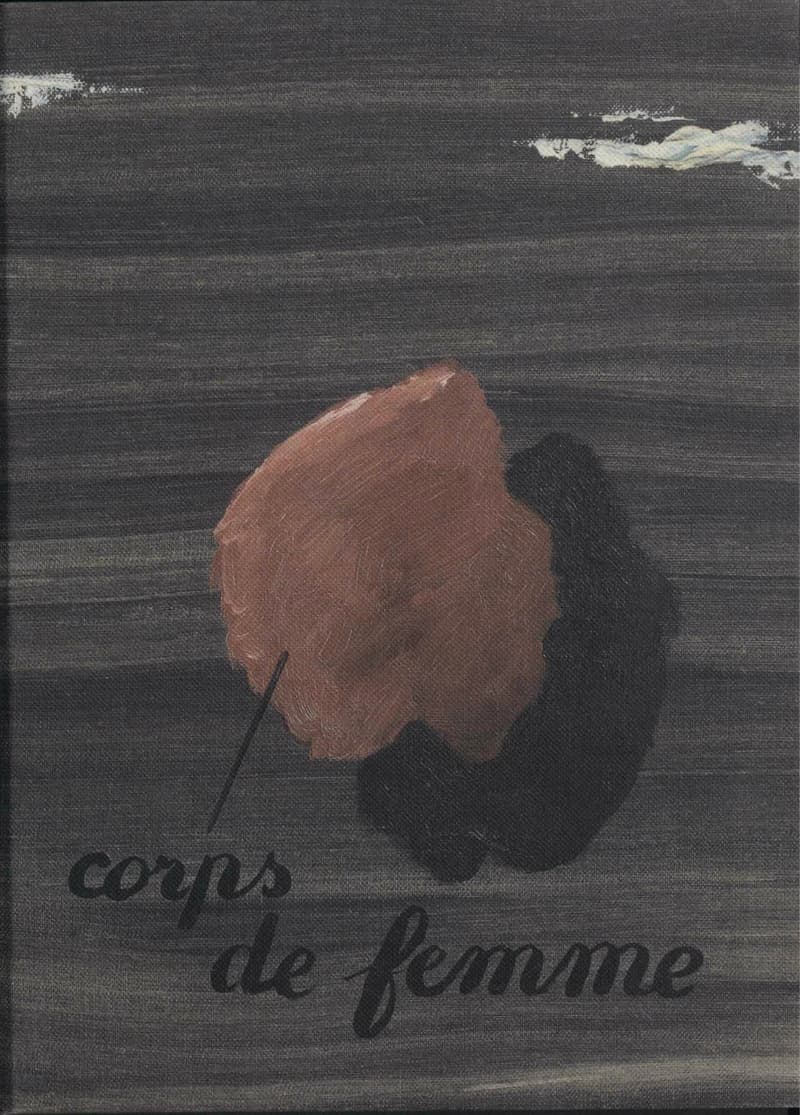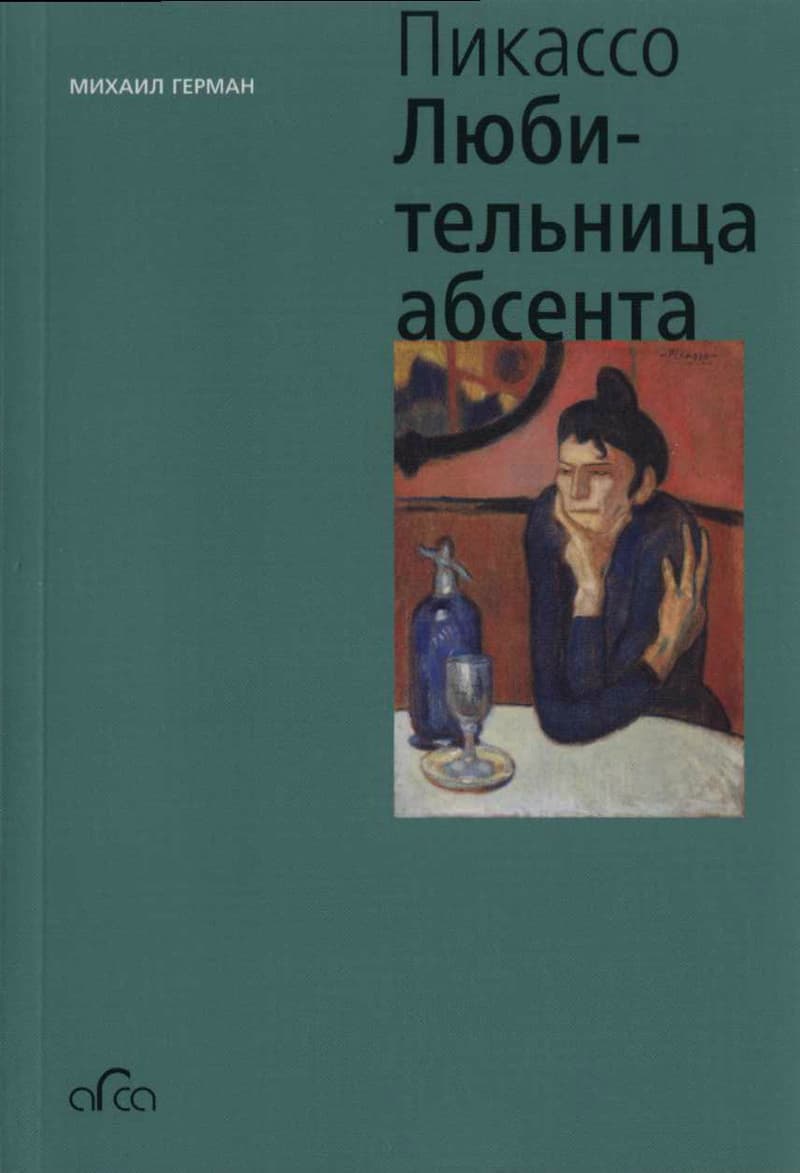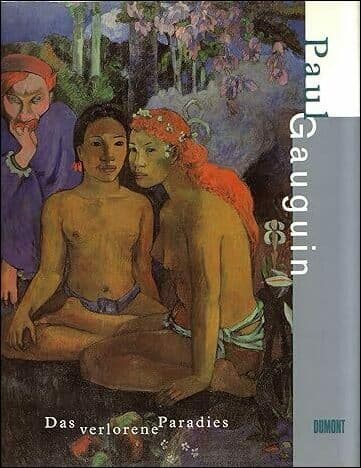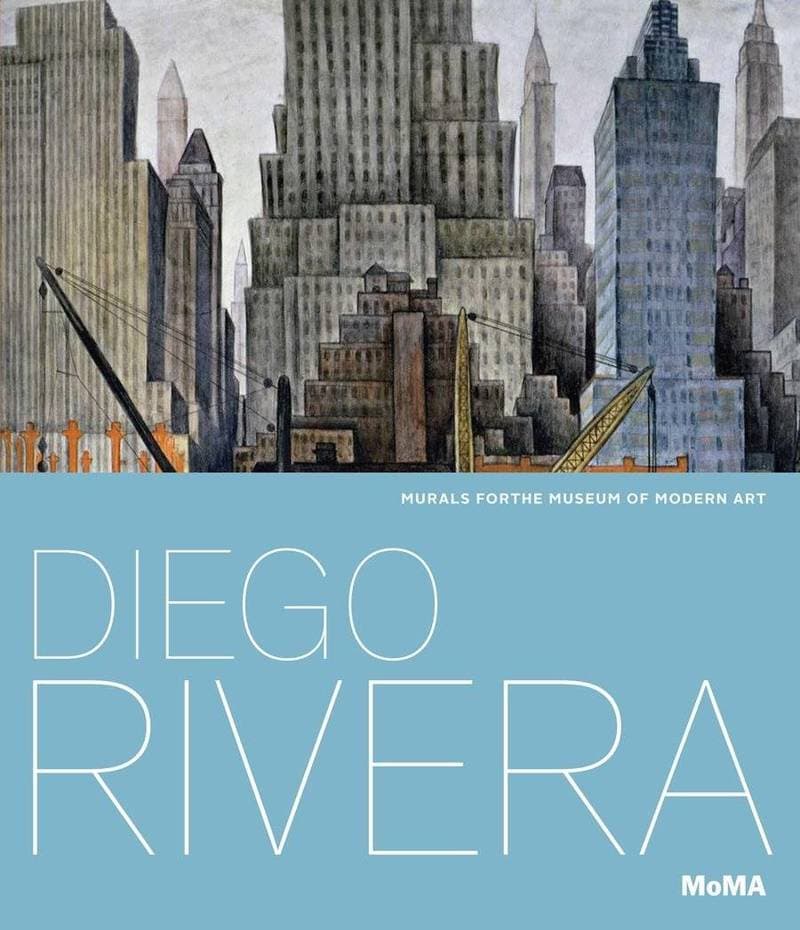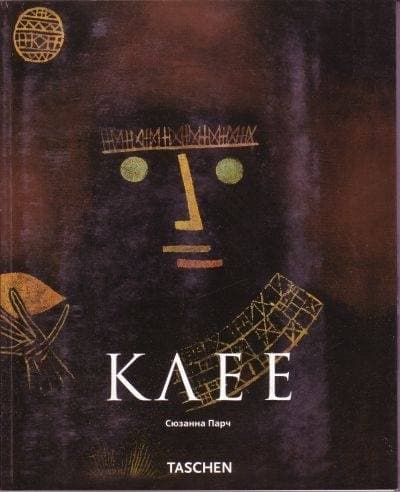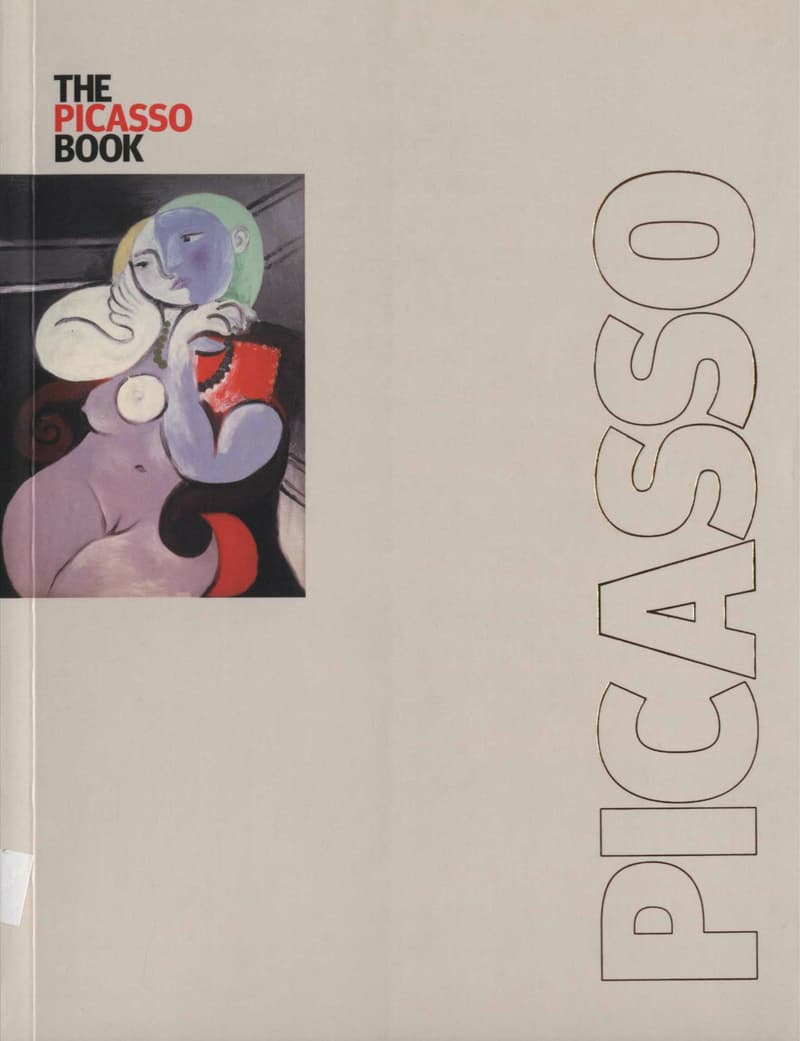Alberto Giacometti
The Swiss-born sculptor/painter Alberto Giacometti (1901–1966) is best known for his bronzes depicting ghostly and attenuated figures, which made him a key member of the Surrealist movement. Between 1936 and 1940, Giacometti concentrated on the human head, focusing on the model's gaze, followed by a unique artistic phase in which his statues became stretched out, as he attempted to translate the phenomenological experience of looking at someone. His paintings underwent a parallel procedure: the figures appear isolated, emaciated, and are the result of continuous reworking. Giacometti reached worldwide fame at the end of the 1950s and has been the subject of major retrospectives around the world.
This publication focuses on the so-called “crisis period” (after 1935 and during the Second World War). Gathering art-historical essays addressing the crisis in Giacometti's work and modernity in general, as well as more than 100 key works, the editor revisits his work through the notions of a split and non-linearity.
Published with the Musées d'Art et d'Histoire, Geneva.
Данные книги
Авангард, Биография, Борьба с формализмом, Графика, Живопись, Кубизм, Письма, Скульптура, Сюрреализм, Философия, Швейцария, Экспрессионизм
Шнайдер Надя (Автор вступительной статьи), Рютиманн Донат (Автор статьи), Дюфрен Тьерри (Автор статьи), ди Крессенцо Казимиро (Автор статьи)
Цюрих
2010
280 страниц
9783037640913
Доступ по запросу
Да
Нет
709.201 Gia
1
- Franz Marc1987
- Пикассо и окрестности: Сборник статей2006
- Brancusi New York: 1913–20132013
- Edward Hopper and the American Imagination1995
- Письма к друзьям2015
- Rene Magritte (Or: The Rule of Metaphor)2018
- Пабло Пикассо. «Любительница абсента»2019
- Hans Richter: Encounters2013
- Paul Gauguin: Das verlorene Paradies1998
- Diego Rivera: Murals for the Museum of Modern Art2011
- Пауль Клее2007
- The Picasso Book2010

